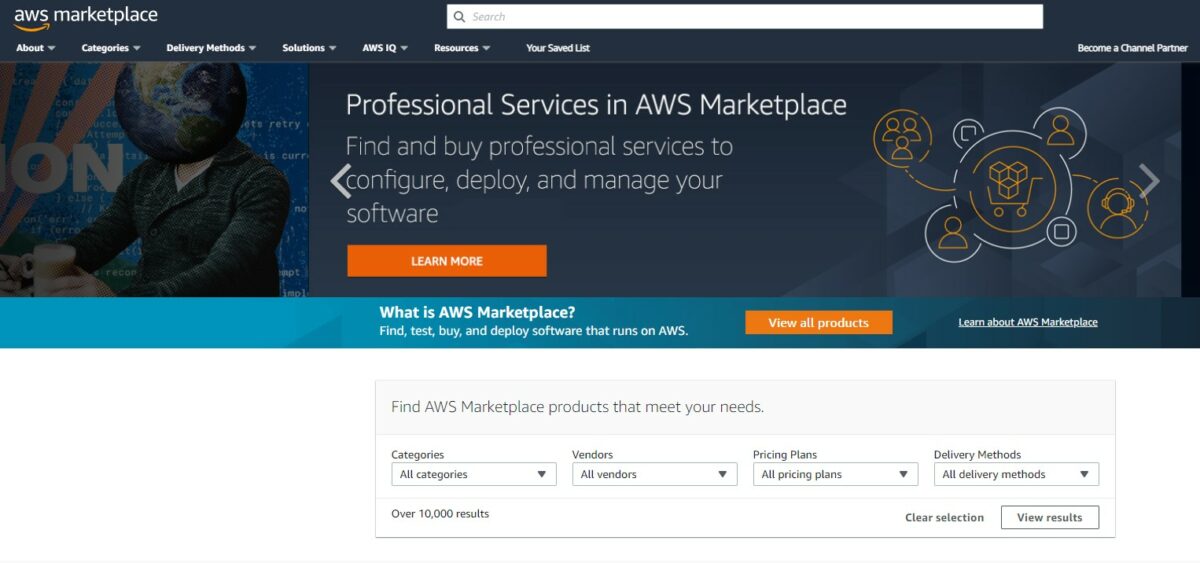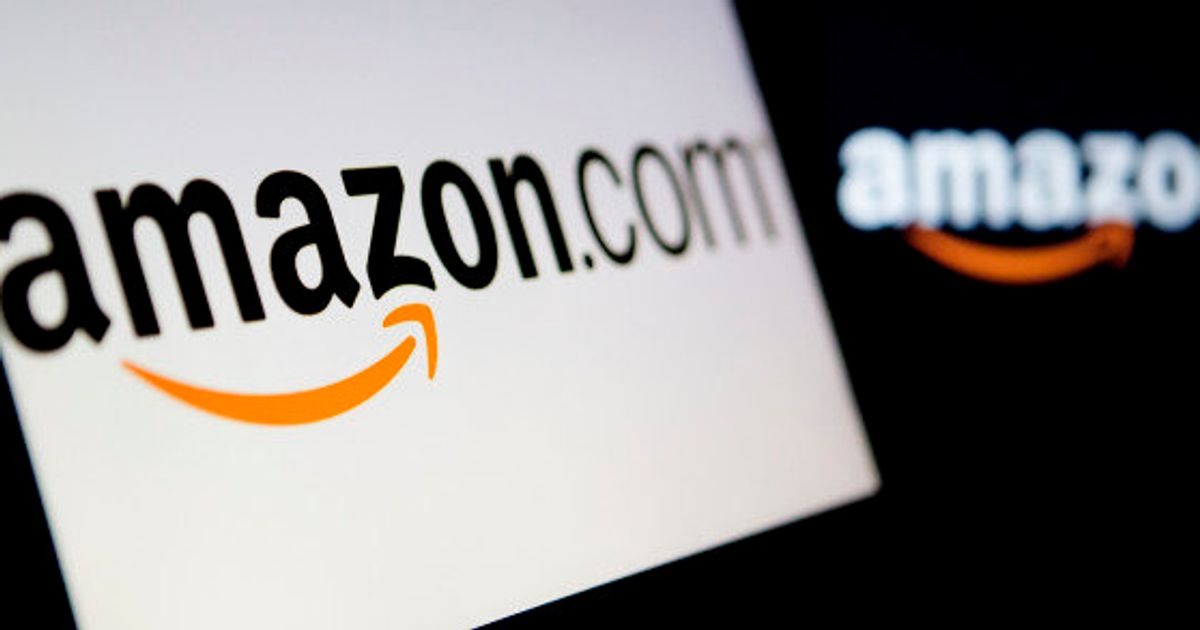What is Amazon Marketplace?
Amazon Marketplace is an e-commerce platform that allows third-party sellers to sell new or used products on a fixed-price online marketplace alongside Amazon’s regular offerings.
This means that as a seller, you can list your products alongside Amazon’s own products and take advantage of their vast customer base and visibility in the global virtual market.
If you are considering selling on Amazon Marketplace, it’s important to note that there are two plans available for sellers: the Individual plan and the Professional plan.
The Individual plan costs $0.99 per sale, while sellers using the Professional plan pay $39.99 per month, no matter how many items they sell.
If you sell more than 40 items a month, the Professional option makes a lot of sense.
With the Professional plan, you also gain access to additional tools and features to help you manage your business more efficiently, such as bulk listing and reporting tools.
Amazon Marketplace can be a great way for sellers to get more exposure for their products and make more sales.
Whether you’re just starting out or have an established business, Amazon Marketplace offers a platform to reach millions of potential buyers and take advantage of Amazon’s reputation and customer base.
Post Contents
What is Amazon Marketplace?

If you’re an online shopper, chances are you’ve heard of Amazon Marketplace.
It is an eCommerce platform owned and operated by Amazon that allows third-party sellers to sell their new or used products on the same platform as Amazon’s regular offerings.
Overview
Amazon Marketplace is an online marketplace where businesses and individuals can sell their products to millions of buyers worldwide.
It provides a platform for sellers to market their products to Amazon’s vast customer base, while buyers can enjoy a wider selection of products at competitive prices.
How does it work?
Sellers can list their products on Amazon Marketplace by creating a seller account on Seller Central.
They can then manage their inventory, pricing, and customer service through this account.
Amazon Marketplace offers two fulfillment options:
Fulfillment by Amazon (FBA) and fulfilled by the merchant.
When a buyer purchases a product from a seller on Amazon Marketplace, the seller is responsible for shipping the product to the buyer.
If the seller chooses FBA, Amazon will handle the fulfillment process on their behalf.
Benefits
Amazon Marketplace offers several benefits for sellers, including access to Amazon’s vast customer base, inventory management tools, and customer service support.
Sellers can also take advantage of Amazon’s marketing services to promote their products and increase sales.
For buyers, Amazon Marketplace provides a wider selection of products at competitive prices.
Prime members can enjoy free and fast shipping on eligible products, while all buyers can benefit from Amazon’s customer service and return policies.
Drawbacks
While Amazon Marketplace offers many benefits, there are also some drawbacks to consider.
Sellers must pay fees for listing their products and fulfilling orders, which can eat into their profits.
They also face competition from other sellers on the platform, which can make it challenging to stand out.
For buyers, there is a risk of receiving counterfeit or defective products from third-party sellers.
However, Amazon has measures in place to protect buyers, such as its A-to-Z Guarantee and seller performance metrics.
How to Sell on Amazon Marketplace

Selling on Amazon Marketplace is a great opportunity to reach millions of customers and grow your business.
Here are some steps to get started:
Eligibility
To sell on Amazon, you must meet certain eligibility requirements.
You must have a valid email address, a bank account, and a credit card.
You also need to provide tax information and a phone number where you can be reached.
Seller Account
To create a seller account, go to Amazon Seller Central and follow the steps to register.
You will need to choose a selling plan, either Individual or Professional.
The Individual plan charges a per-item fee, while the Professional plan charges a monthly subscription fee.
Fees
Amazon charges various fees for selling on their platform.
These include referral fees, fulfillment fees (if you use Fulfillment by Amazon), and storage fees (if you use Amazon’s storage services).
It’s important to factor in these fees when setting your prices and calculating your profits.
Inventory Management
Managing your inventory is crucial to success on Amazon.
You need to ensure that you have enough stock to meet demand, but not so much that you incur unnecessary storage fees.
You can use Amazon’s tools to track your inventory levels and set up automatic reorder alerts.
Customer Service
Providing excellent customer service is key to building a loyal customer base.
Respond promptly to customer inquiries and issues, and strive to resolve any problems quickly and satisfactorily.
You can also use Amazon’s messaging system to communicate with customers.
Marketing Strategy
To increase your sales on Amazon, you need to develop a marketing strategy.
This can include optimizing your product listings for search, using Amazon’s advertising tools, and offering promotions and discounts.
You can also use social media and other channels to drive traffic to your Amazon listings.
Amazon Marketplace vs. Amazon Vendor Central

Overview
When it comes to selling products on Amazon, there are two main options: Amazon Marketplace and Amazon Vendor Central.
Amazon Marketplace is a platform that allows anyone to sell new or used products directly to customers on Amazon.com.
Amazon Vendor Central, on the other hand, is an invite-only program where wholesalers and manufacturers sell their products directly to Amazon, who then sells them on their website.
Fulfillment Options
Amazon Marketplace sellers have two options for fulfilling orders: Fulfilled by Amazon (FBA) or fulfilled by the merchant.
FBA allows sellers to store their products in Amazon’s warehouses, and Amazon handles the shipping, customer service, and returns.
Fulfilled by the merchant means the seller is responsible for storing, shipping, and handling customer service and returns.
Amazon Vendor Central sellers do not have the option for FBA, as Amazon handles all aspects of fulfillment.
Costs
Amazon Marketplace sellers pay a referral fee and a variable closing fee for each item sold. FBA fees also apply if the seller chooses to use that service.
Amazon Vendor Central sellers negotiate wholesale prices with Amazon, and Amazon takes a commission on each sale.
Control and Flexibility
Amazon Marketplace sellers have more control over their listings, prices, and inventory management.
They can also sell a wider variety of product types, including used products and private label items.
Amazon Vendor Central sellers have less control over their listings and prices, and must follow Amazon’s guidelines for product types and pricing.
Algorithm and Search Results
Amazon Marketplace sellers must optimize their listings to rank high in Amazon’s search results, using keywords and other SEO techniques.
Amazon Vendor Central sellers do not have to worry about this, as Amazon handles the algorithm and search results for their products.
Key Takeaways
If you’re considering selling on Amazon Marketplace, here are some key takeaways to keep in mind:
- Amazon has a larger market share than its top six rivals combined, including eBay, Walmart, Target, Home Depot, Etsy, and Best Buy. This means that selling on Amazon can potentially give you access to a much larger customer base than other online marketplaces.
- Amazon collects a lot of information about its customers, including their shopping habits and preferences. This allows Amazon to constantly change its strategy and approach to new consumers. As a seller on Amazon, you should also work to collect information about your customers in order to generate higher sales.
- Retail remains Amazon’s primary source of revenue, with online and physical sales making up the majority of its revenue. However, Amazon also makes money through its subscriptions and web services, among other channels.
- Amazon’s pricing can vary widely, with both low-priced and expensive products available on the site. This means that as a seller, you’ll need to carefully consider your pricing strategy in order to remain competitive.
- Amazon offers a variety of tools and services to help sellers succeed on its platform, including fulfillment services, advertising options, and access to customer data. However, these services can come with additional fees, so it’s important to weigh the costs and benefits before investing in them.
- Finally, it’s important to remember that Amazon is constantly evolving and changing its policies and practices. As a seller, you’ll need to stay up-to-date on these changes in order to remain successful on the platform.






























